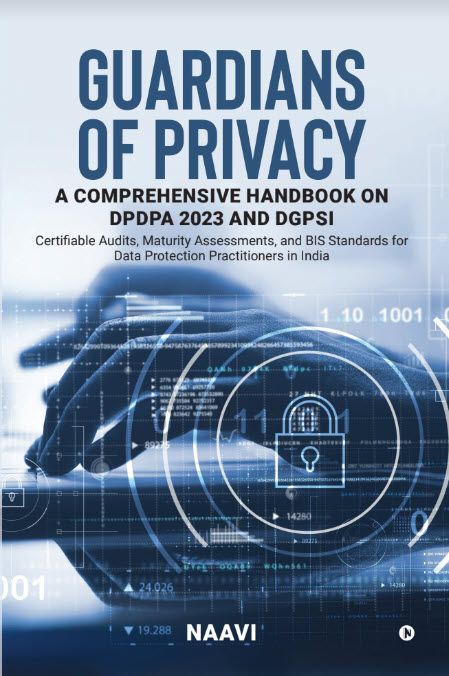E Business is today part of every business. Managing E Business requires an assessment of E Business risks and managing them appropriately. As a person who was once in the Banking and Finance industry and engaged in project assessment for the purpose of financing, it has been interesting to observe the changes in the business environment and the consequential changes in the financial services industry.
Financing of projects had been traditionally done through equity from promoters and debt financing from institutions. This has changed in the E Business era with most of the funding coming in the form of equity from Venture capitalists. Even when institutions are involved, they prefer to invest through mutual funds in equity. During late 70s, I had seriously promoted the concept of “Equity Financing with Conversion to Debt at the borrower’s option” as a mode of financing SMEs. It was suggested as “Udyama Kranti Yojana” to the then Government in Karnataka as a means of encouraging Small Scale industries. Of late such hybrid investments are being pursued in case of financing of profitable projects by institutions.
In the recent budget discussions, it is being debated how India can encourage the manufacturing sector to ensure better growth in the economy. Financing of traditional manufacturing projects is based on established principles of risk assessments from four angles such as
a) Marketing Feasibility
b) technical feasibility
c) Managerial Feasibility and
d) Financial feasibility
In the light of the emergence of E Business as a prominent component of business, it is necessary to examine if our Bankers are capable of using these traditional financial tools to assess the feasibility of current day projects.
In this context, it was interesting to read an article on “10 Reasons for E Business Failures“ in bwired.com. The article speaks of various reasons which fall in the domains of the four feasibility approaches indicated above. However as a person who is involved in advising many E-projects from the point of view of drafting the privacy documents, terms and conditions documents etc., it appears that the article misses one important aspect of business failures namely “Non Compliance of Cyber Laws”.
We can recall here the experience of “Napster” which had to close down its business because of “Cyber Law Issues”. Similar “Non Compliance” issue hastened the sell out of Radiant Software, a Chennai based company. Many US companies are facing substantial liabilities on account of non compliance of HIPAA. Many Banks have also been facing huge liabilities on account of Cyber Frauds threatening their profitable existence.
In view of the above, I think it is necessary for all Financial institutions as well as Venture Capitalists to consider “Cyber law issues” as a Feasibility parameter in their assessment criteria. Cyber Law feasibility of a project can be best handled by “Techno Legal Consultants” who understand technology along with the relevant cyber laws. Naavi was one of the first in India to offer such services through Ujvala Consultants Pvt Ltd to new generation entrepreneurs and HIPAA projects.
In the coming days with financial institutions investing in more and more global businesses with a high level of E Business component, the need for Techno Legal Feasibility study as an additional factor of ” Project Feasibility” exercises to be undertaken by them has increased.
Such services would also be required during mergers and acquisitions as well as venture capital financing. These services will automatically ensure that projects will have required levels of “Information Security” from the zero day.
Once the project goes on stream, the project can be assessed under other usual frameworks of Information Assurance which takes into account the cyber law compliance along with other aspects of information security.
The seamless integration of “Techno Legal Feasibility Studies” with “Total Information Assurance Audits” is the approach recommended by Naavi for information technology projects. Hopefully entrepreneurs/financial institutions will appreciate the need and take necessary steps in this direction.







